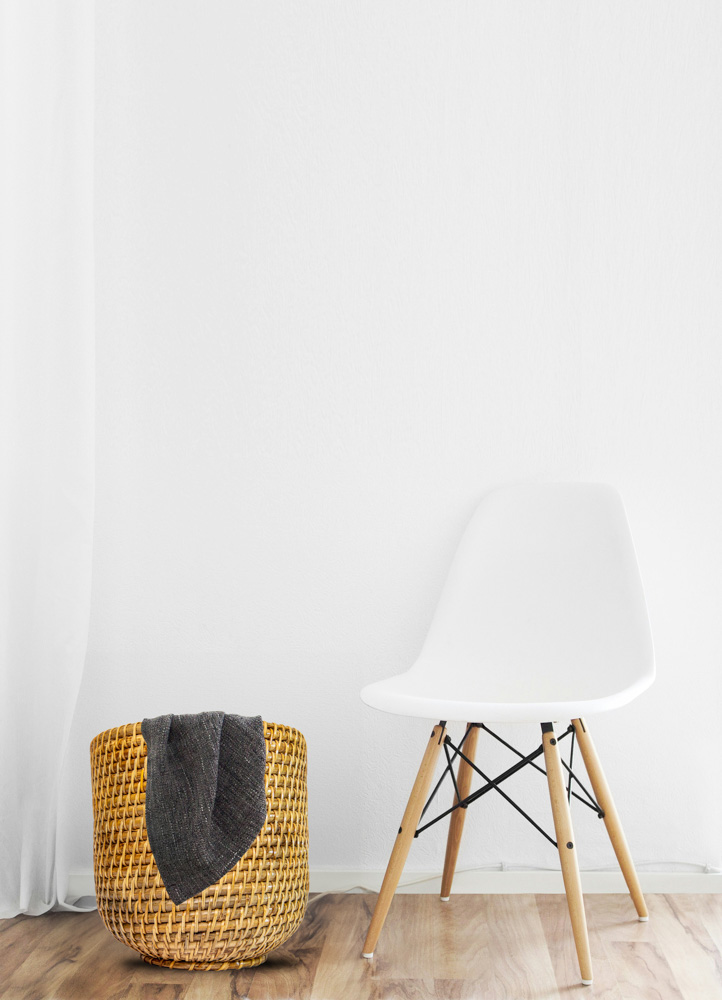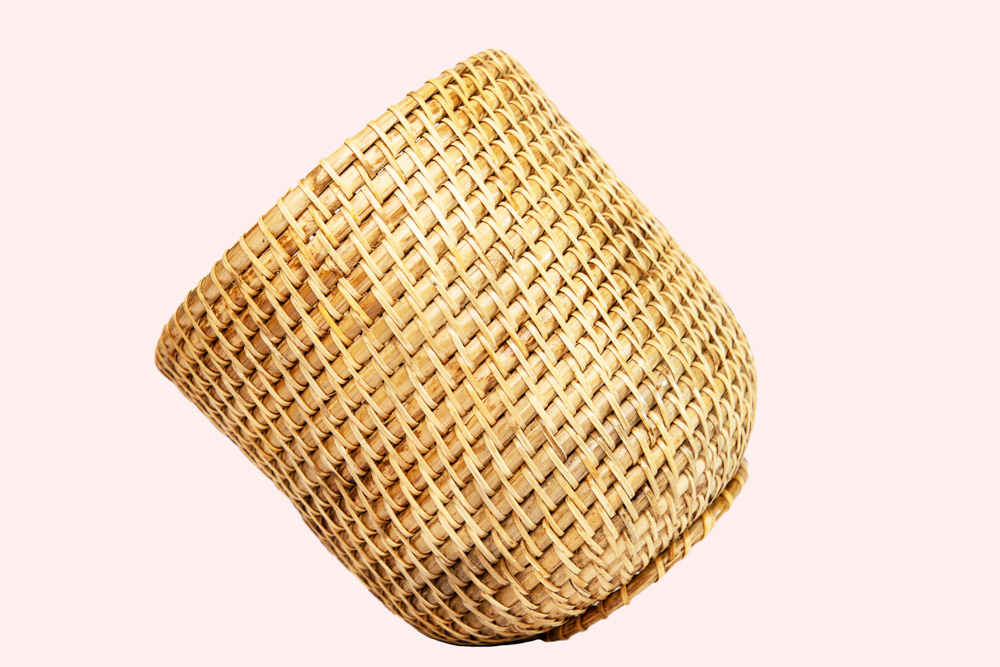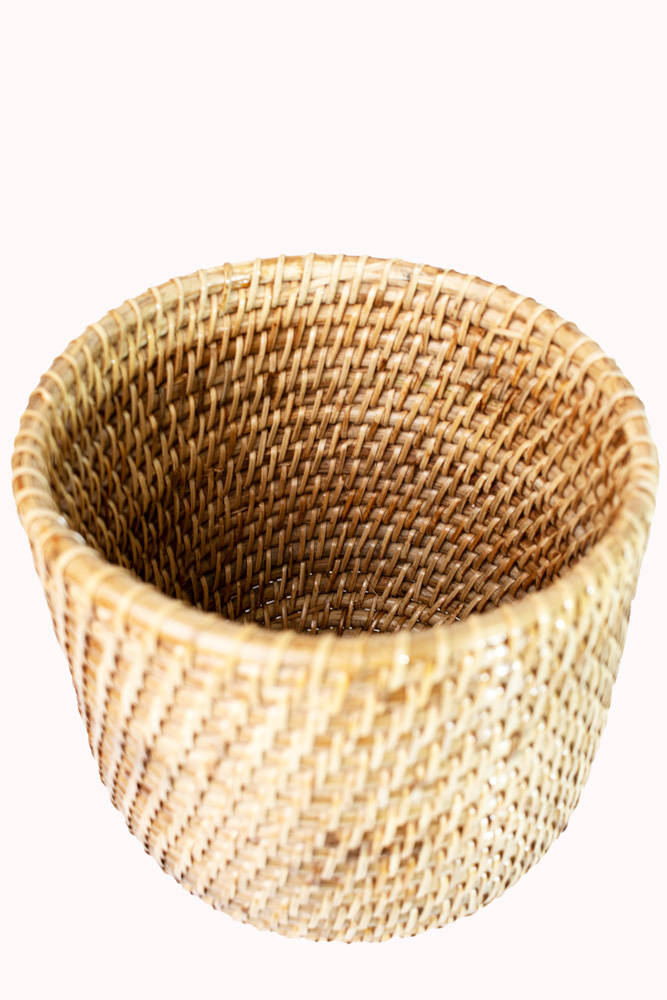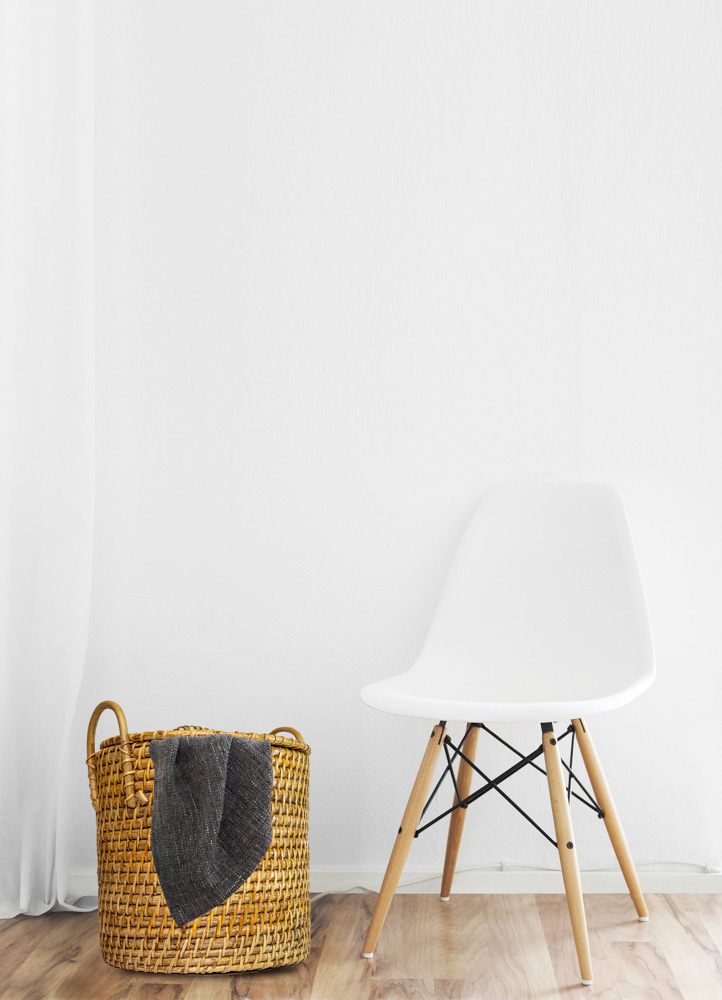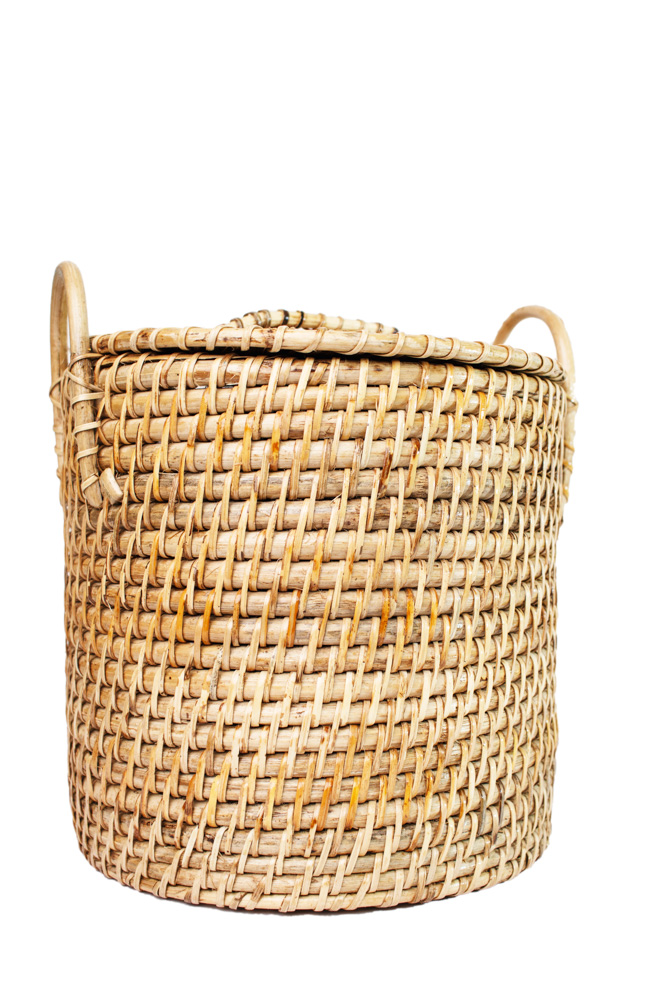Description
Handcrafted by skilled artisans using sustainable and eco-friendly materials, our cane and bamboo products are a perfect blend of style, functionality, and craftsmanship. From stylish furniture pieces and home decor accents to practical accessories and storage solutions, our collection offers a wide range of options to elevate your space with natural beauty. Each piece in our collection is meticulously crafted to showcase the unique texture and versatility of cane and bamboo, adding a touch of charm to any room.
